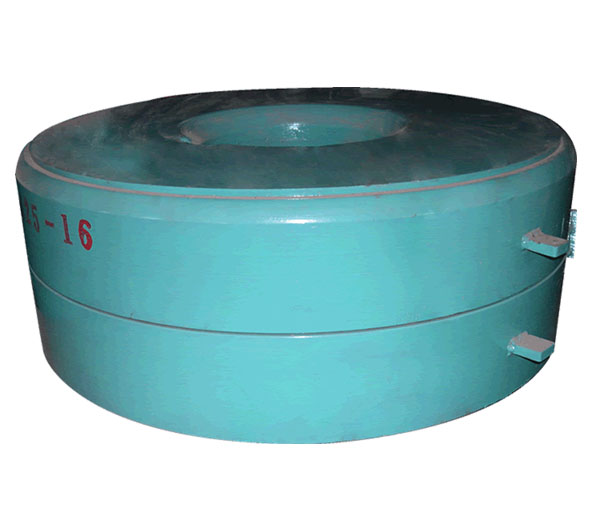
It is used to vulcanize the inner tube mold of all kinds of tires. Tire mold classification 1: flexible mold, composed of pattern ring, mold sleeve, upper and lower side plates. The movable mould can be divided into conic surface guided movable mould and inclined plane guided movable mould 2: two half mould, consisting of upper mould and lower mould.
The cord arrangement of radial tire carcass is different from that of radial tire of open wheel precision machinery. The cords are not arranged crosswise, but are close to parallel to the outer tire cross section, like the earth meridian arrangement. The cord angle is small, generally 0 °, and there is no intersection between the carcass cords. When the tire is running, the stress around the crown increases, which will cause circumferential extension and the carcass to radiate Shooting fissure. Therefore, the buffer layer of radial tire adopts the crossing cord layer which is close to the circumferential arrangement and intersects with the tire cord angle 90 °, generally 70 ° to 78 °, forming a rigid circular belt which can hardly stretch, fixing the whole tire and limiting the circumferential deformation of the tire. This buffer layer bears 60% to 70% of the internal stress of the whole tire and becomes the main stress-bearing part of radial tire, So it is called the belt layer of radial tire. The main stress-bearing parts of bias tire are not on the buffer layer, 80% to 90% of the internal stress is borne by the ply of the carcass. It can be seen that the belt design of radial tire is very important. It must have good rigidity. It can use multi-layer, large angle, high-strength and difficult to stretch fiber materials, such as steel wire or glass fiber
Take flexible mould as an example
1: casting or forging the blank according to the tire mold drawing of open wheel precision machinery, then rough turning the blank and heat treatment. The rough of tire mould shall be completely annealed to eliminate the internal stress. During annealing, it shall be leveled to avoid excessive deformation.
2: drill lifting holes according to the drawings, and then process the outer diameter and height of the pattern ring in place according to the semi finishing drawing. Use the semi finishing turning procedure to turn the inner cavity of the pattern ring, and use the semi finishing turning sample plate for inspection after turning.
3: use the processed tire mold pattern electrode to shape the pattern inside the pattern ring, and use the sample for inspection.
4: divide the pattern ring into several parts according to the requirements of the manufacturer, draw the marking line respectively, put it into the tooling, drill the back waist hole and tap.
5: cut the equal parts according to the process and align them with the scribed line.
6: Polish, angle, root and vent the cut pattern block according to the drawing requirements.
7: spray sand evenly inside the pattern block cavity, and the color shall be the same.
8: assemble the tread ring, mold sleeve, upper and lower side plates to complete the tire mold.







